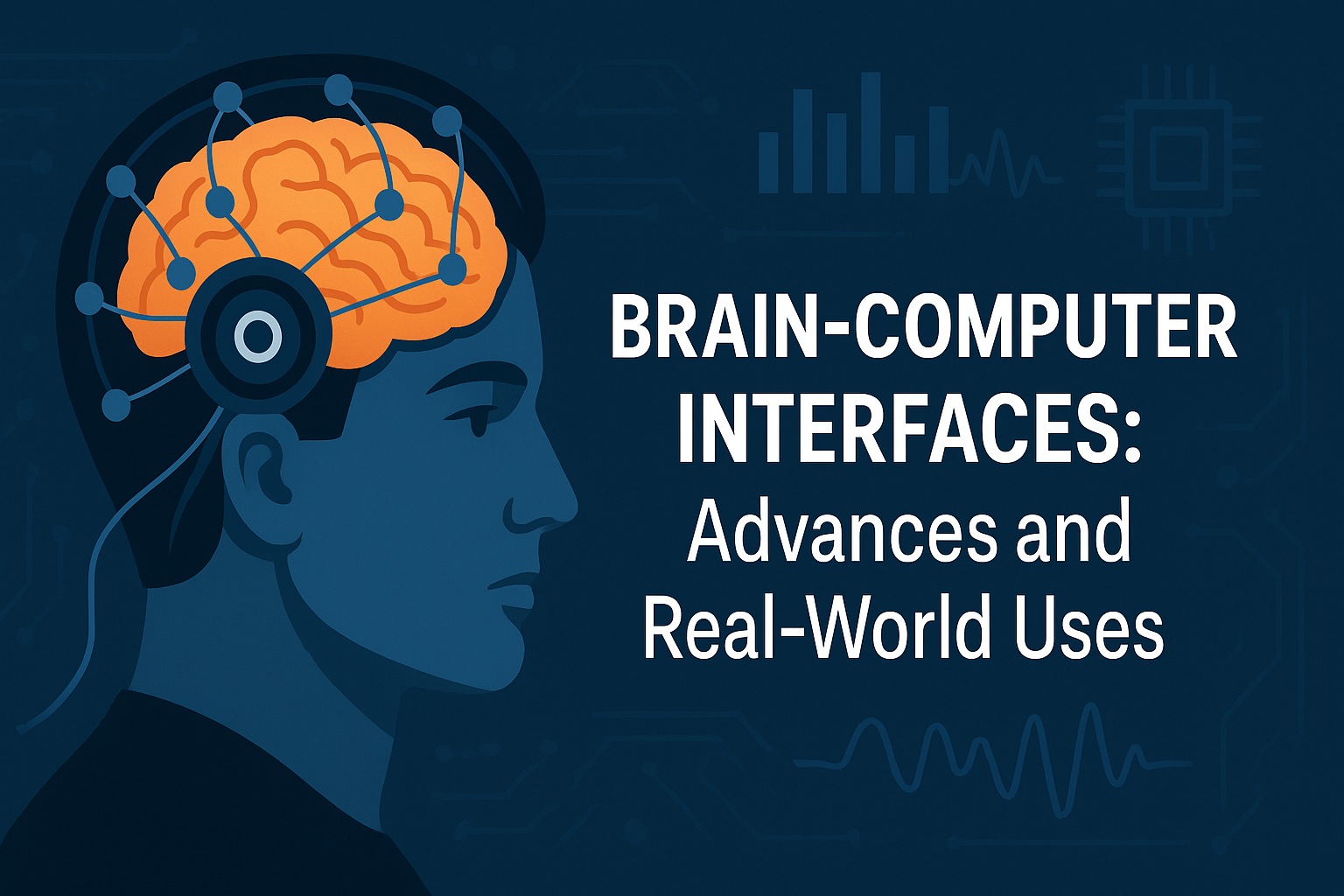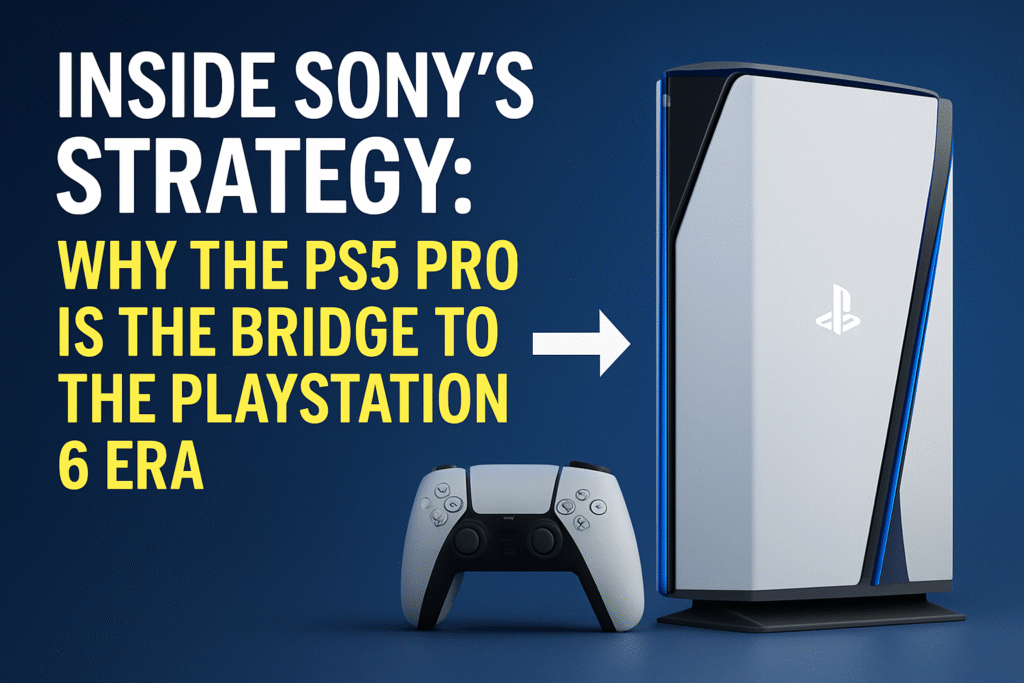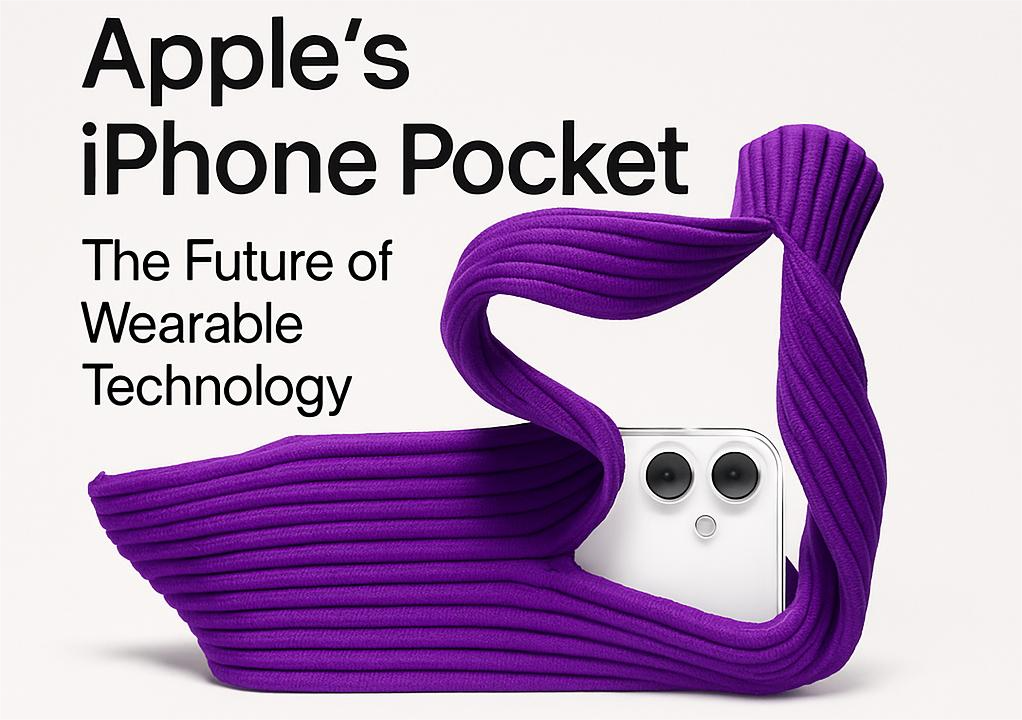
Brain-Computer Interfaces (BCIs) are no longer confined to science fiction. These cutting-edge systems create a direct communication pathway between the brain and external devices, enabling everything from mind-controlled prosthetics to hands-free gaming. As technology continues to evolve, BCIs are unlocking revolutionary applications in medicine, communication, and even consumer tech.
What Is a Brain-Computer Interface?
A BCI is a system that decodes neural signals and translates them into commands to control computers or machines. This interaction bypasses the body’s normal output pathways—muscles and nerves—offering new levels of accessibility and control, especially for individuals with physical limitations.
How It Works
- Signal Acquisition: Electrodes (either invasive or non-invasive) capture brain signals.
- Signal Processing: Advanced algorithms interpret these signals in real time.
- Output Execution: Commands are sent to a device—like a robotic arm or computer cursor.
Recent Advances in BCI Technology
1. Medical Applications
BCIs are revolutionizing healthcare, particularly in neurorehabilitation and assistive technology:
- Restoring Movement: Paralyzed patients can control exoskeletons or prosthetics with their thoughts.
- Speech Restoration: BCIs have enabled non-verbal individuals to “speak” via synthesized text generated from brain activity.
- Epilepsy Monitoring: Implanted BCI devices can predict and warn of impending seizures, giving patients better control of their condition.
2. Consumer Tech and Gaming
Companies like Neuralink, Emotiv, and NextMind are pioneering BCI headsets for the general public:
- Mind-Controlled Devices: From drones to smart home systems, users can now perform actions with a thought.
- Immersive Gaming: BCIs offer a new dimension in gaming, enabling players to control characters with neural inputs for a truly hands-free experience.
3. Military and Aerospace
Governments and defense agencies are investing in BCI tech for:
- Cognitive Enhancement: Improving situational awareness or multitasking capabilities.
- Remote Drone Control: Pilots may soon operate aerial vehicles with brain commands.
- Mental State Monitoring: Real-time tracking of fatigue or stress during critical missions.
Ethical and Privacy Concerns
With great power comes great responsibility. As BCIs become more widespread, ethical concerns grow:
- Data Security: Brain data is deeply personal. Who owns and protects this information?
- Informed Consent: Especially with invasive devices, users must fully understand the risks.
- Equity: Will access to BCI enhancements widen societal gaps between the tech-enabled and the rest?
The Future of BCIs
BCIs are transitioning from research labs to real-world applications at a rapid pace. Experts predict:
- Seamless Integration: Non-invasive BCIs could become as common as smartphones.
- Neuro-commerce: Users might shop, communicate, or even vote with thought-driven interfaces.
- Neural Cloud: Brain data might one day sync to digital clouds for storage, enhancement, or transfer.
Final Thoughts
Brain-Computer Interfaces are one of the most transformative technologies of our time. With real-world uses already changing lives—and a future full of potential—BCIs represent the next frontier in human-computer symbiosis. While challenges remain, the journey to a more connected mind-machine world has undeniably begun.





